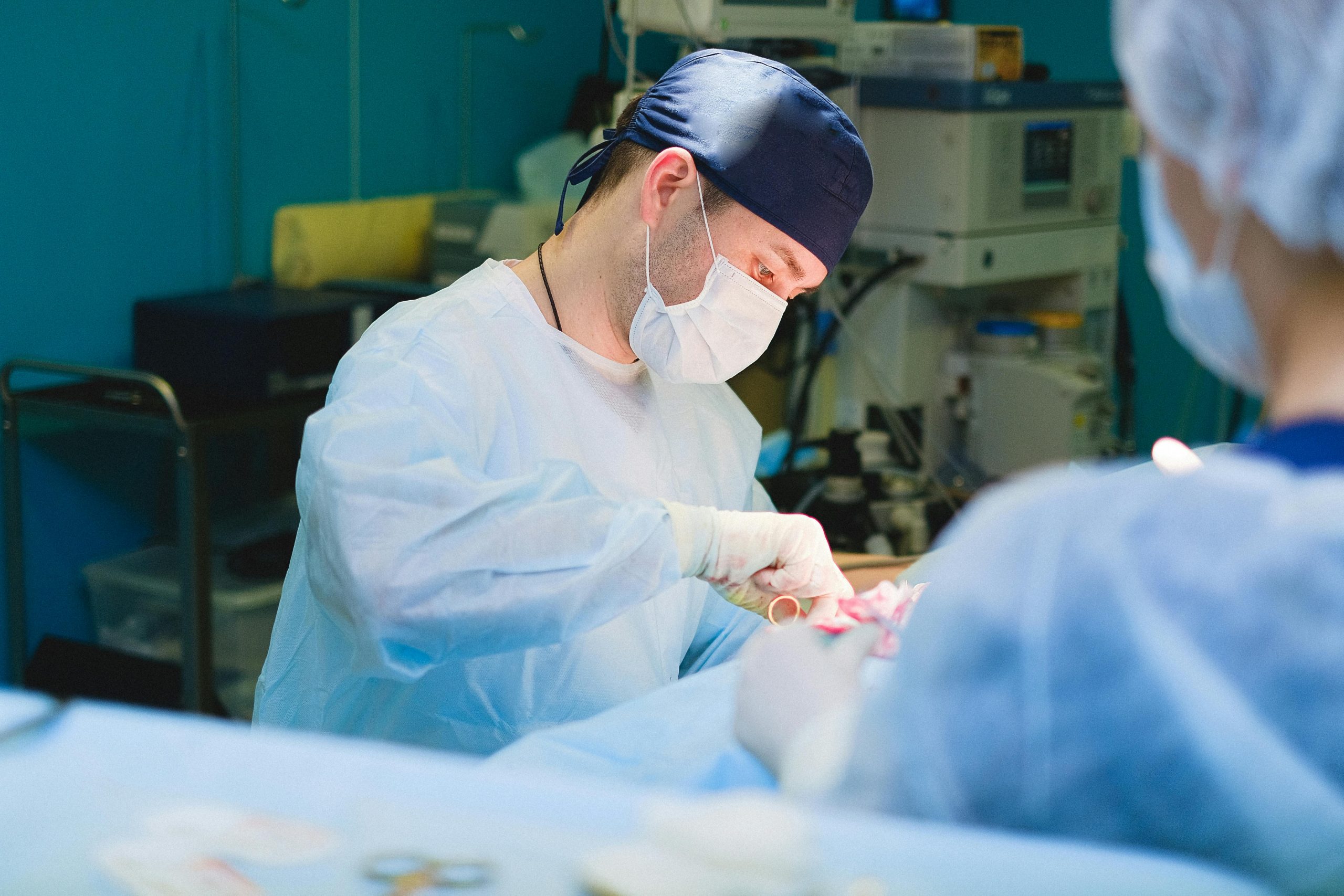If you’re considering body contouring, you’ve probably come across two common options: liposuction and the tummy tuck (also called abdominoplasty). While both can improve the shape of your midsection, they do very different things. Choosing the right procedure depends on your goals, body type, and expectations.
In this article, we’ll break down everything you need to know about liposuction vs tummy tuck so you can make a confident decision. We’ll cover the basics, benefits, recovery times, risks, and more—in clear and simple terms.
What Is Liposuction?

Liposuction is a popular cosmetic surgery that removes excess fat from targeted areas of the body. It’s often used to improve body contour and eliminate fat pockets that don’t respond to diet and exercise. While it’s not a weight loss solution, it can help reshape specific trouble spots and create a more balanced figure.
The procedure works by inserting a thin tube called a cannula through small incisions in the skin. The surgeon uses this tube to loosen and suction out fat from areas like the abdomen, thighs, arms, back, neck, or hips. Depending on the technique, liposuction may be done using tumescent fluid (a saline solution with numbing agents), ultrasound, or laser assistance to help break down the fat more easily.
Key Features of Liposuction:
- Targets fat only (not skin): Liposuction removes fat cells, but it does not tighten loose skin. Good skin elasticity is important for smooth results.
- Common areas treated: Stomach, thighs, hips, arms, back, neck, under the chin, and even knees or ankles.
- Outpatient procedure: Most liposuction procedures are done in an outpatient setting under local or general anesthesia, depending on the treatment area and amount of fat being removed.
- Customizable: You can treat multiple areas in one session. For example, many people combine abdominal and flank (love handle) liposuction for better overall results.
- Minimally invasive: Liposuction involves only small incisions, so scarring is usually minimal and fades with time.
Best Candidates for Liposuction:
- Close to your ideal weight: Liposuction is best for those within 10–20 pounds of their goal weight who want to shape or contour specific areas.
- Good skin elasticity: If your skin is firm and can bounce back after the fat is removed, you’re more likely to have smooth results. Younger individuals often have better skin elasticity.
- Non-smoker in good health: You should be in generally good health without major medical conditions that could affect healing. Smoking increases the risk of complications.
- Realistic expectations: Liposuction won’t give you six-pack abs overnight. It’s not a solution for obesity or a replacement for a healthy lifestyle. However, it can provide a noticeable improvement in shape and contour.
- No significant loose skin: Liposuction won’t tighten skin. If you have a lot of sagging or stretched skin (especially after pregnancy or weight loss), you may need a procedure like a tummy tuck instead.
What Is a Tummy Tuck?
A tummy tuck, medically known as abdominoplasty, is a cosmetic surgical procedure that helps create a firmer, flatter abdomen by removing excess skin and fat and tightening the underlying abdominal muscles. It’s especially popular among people who have gone through major body changes—such as pregnancy or significant weight loss—that left them with stretched skin or weakened abdominal muscles.
Unlike liposuction, which focuses only on fat removal, a tummy tuck also addresses skin laxity and muscle separation (diastasis recti). The result is a smoother, more toned midsection that often can’t be achieved through exercise alone.
Key Features of a Tummy Tuck:
- Removes loose, excess skin: A tummy tuck trims away sagging skin that won’t tighten up on its own, especially below the belly button.
- Repairs abdominal muscles: The procedure often involves suturing separated or weakened abdominal muscles, which is common after pregnancy or major weight gain.
- May include liposuction: Many surgeons pair liposuction with a tummy tuck to enhance contouring, especially in the flanks or upper abdomen.
- Performed under general anesthesia: A tummy tuck is a more involved surgery than liposuction and typically requires general anesthesia and a few hours in the operating room.
- Leaves a permanent scar: The incision is usually made from hip to hip, low on the abdomen near the bikini line. While it fades over time, the scar will be permanent.
- Involves downtime: Recovery can take several weeks. Most people need to take 1–2 weeks off work and avoid strenuous activity for about 4–6 weeks.
- Long-lasting results: As long as your weight stays stable, the effects of a tummy tuck can last for many years.
Best Candidates for a Tummy Tuck:
- You have loose, stretched-out skin around your belly: A tummy tuck is ideal if your skin has lost elasticity due to pregnancy, age, or weight changes and hasn’t snapped back.
- You’ve had children or lost significant weight: Pregnancy and weight loss can stretch both skin and abdominal muscles. A tummy tuck can help restore a tighter midsection.
- You’re done having children: Future pregnancies can undo the results of a tummy tuck by re-stretching the skin and muscles, so it’s best to wait until your family is complete.
- You’re at or near your goal weight: A tummy tuck is not a weight loss procedure. It’s most effective if you’re already at a stable, healthy weight.
- You’re in good overall health: You should be free from serious health conditions and able to safely undergo anesthesia and surgery.
- You have realistic expectations: A tummy tuck can greatly improve your appearance and confidence, but it won’t necessarily give you a “perfect” body or completely erase all stretch marks.
Liposuction vs Tummy Tuck: Main Differences
While both liposuction and tummy tucks aim to improve the shape of your abdomen, they work in different ways and are used for different goals. Below is a breakdown of how these two procedures compare:
- Removes Fat:
- Liposuction: Yes, it’s specifically designed to remove pockets of unwanted fat.
- Tummy Tuck: Can remove fat, but it’s often combined with liposuction for better contouring.
- Removes Skin:
- Liposuction: No, it doesn’t address loose or sagging skin.
- Tummy Tuck: Yes, it removes excess skin—especially after pregnancy or weight loss.
- Tightens Muscles:
- Liposuction: No, it doesn’t affect abdominal muscles.
- Tummy Tuck: Yes, it tightens weakened or separated abdominal muscles.
- Recovery Time:
- Liposuction: Shorter recovery, typically 1–2 weeks.
- Tummy Tuck: Longer recovery, about 4–6 weeks due to the muscle repair and skin removal.
- Scarring:
- Liposuction: Small, discreet scars at incision points.
- Tummy Tuck: Larger, more noticeable scar along the lower abdomen, often hidden near the bikini line.
- Best For:
- Liposuction: People who want to target specific fat deposits and already have good skin elasticity.
- Tummy Tuck: Individuals who need to remove loose skin and tighten abdominal muscles for a flatter, firmer stomach.
By understanding the core differences, you can better decide which option fits your goals. In many cases, the two procedures can be combined for enhanced results. Always consult a board-certified plastic surgeon to determine the right plan for your body.
Which Procedure Is Right for You?

Choosing between liposuction vs tummy tuck depends on your body goals. Ask yourself:
- Do I have excess skin? → Tummy tuck is likely better.
- Is my skin tight but I just have stubborn fat? → Liposuction may be enough.
- Do I want a flatter, firmer belly overall? → You might need both procedures.
In fact, many patients choose a combination of liposuction and tummy tuck to get the best results. This is sometimes called lipoabdominoplasty.
Cost Comparison
Both procedures are usually considered cosmetic, which means they’re not covered by insurance. Costs can vary depending on your location and the surgeon’s experience.
Liposuction:
- Cost Range: $3,000 to $7,000
- Depends on: Number of areas treated, technique used
Tummy Tuck:
- Cost Range: $6,000 to $12,000
- Depends on: Extent of surgery, hospital fees, anesthesia
Always get a full cost breakdown during your consultation so you know what’s included.
Recovery and Downtime
Recovery plays a big role in choosing between liposuction vs tummy tuck.
Liposuction Recovery:
- Most people return to work in 3–7 days
- Full healing can take a few weeks
- You’ll wear compression garments to reduce swelling
- Soreness and bruising are common
Tummy Tuck Recovery:
- Expect 2–4 weeks off work
- You’ll need help at home for the first few days
- No heavy lifting for 6 weeks
- A drain may be placed to reduce fluid buildup
- Compression garments are also used
While tummy tuck recovery is more intense, the results are often more dramatic for people with loose skin or stretched muscles.
Risks and Considerations
Every surgery has risks. Here are some to keep in mind.
Liposuction Risks:
- Infection
- Bleeding or bruising
- Irregular skin texture
- Numbness or nerve damage (rare)
Tummy Tuck Risks:
- Infection or bleeding
- Scarring (though usually hidden by underwear)
- Blood clots
- Fluid buildup (seroma)
- Longer downtime and possible muscle weakness during healing
Choose a board-certified plastic surgeon to reduce your risks and get the best results.
Results: What to Expect
Both liposuction and tummy tuck deliver long-lasting results—especially if you maintain a healthy weight. However, keep in mind:
- Liposuction removes fat cells, but you can gain weight in other areas if you’re not careful.
- A tummy tuck gives you a flatter, firmer belly but doesn’t prevent future weight gain or skin stretching.
Most people see final results within 3–6 months after either procedure.
Frequently Asked Questions
Can I get a tummy tuck if I plan to have more kids?
It’s best to wait until after your last pregnancy. A future pregnancy can stretch your skin and muscles again.
How long do the results last?
Both procedures are long-lasting if you stay at a healthy weight. Significant weight gain or loss can change your results.
Is it safe to get both procedures at once?
Yes—many people do. It may mean a slightly longer surgery and recovery, but the overall healing time can be shorter than doing them separately.
Will I lose weight from these surgeries?
No—these are not weight-loss procedures. They are best for body contouring after weight loss or pregnancy.
Conclusion
When it comes to liposuction vs tummy tuck, one isn’t better than the other—it just depends on your body and your goals.
- Choose liposuction if you’re close to your goal weight and want to remove small fat pockets.
- Choose a tummy tuck if you have sagging skin or need muscle tightening after weight loss or pregnancy.
- Consider both if you want full body contouring in the midsection.
Talk to a board-certified plastic surgeon to create a plan that fits your needs. And remember, real results take time, care, and a little patience.
Whether you want a smoother shape or a tighter tummy, the right procedure can boost your confidence and help you feel your best.
